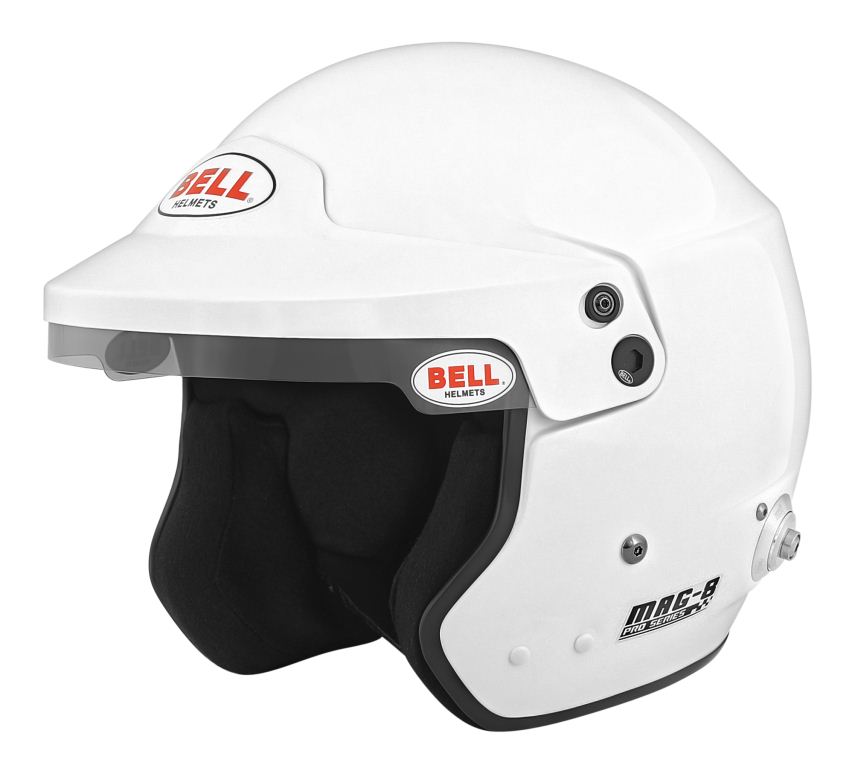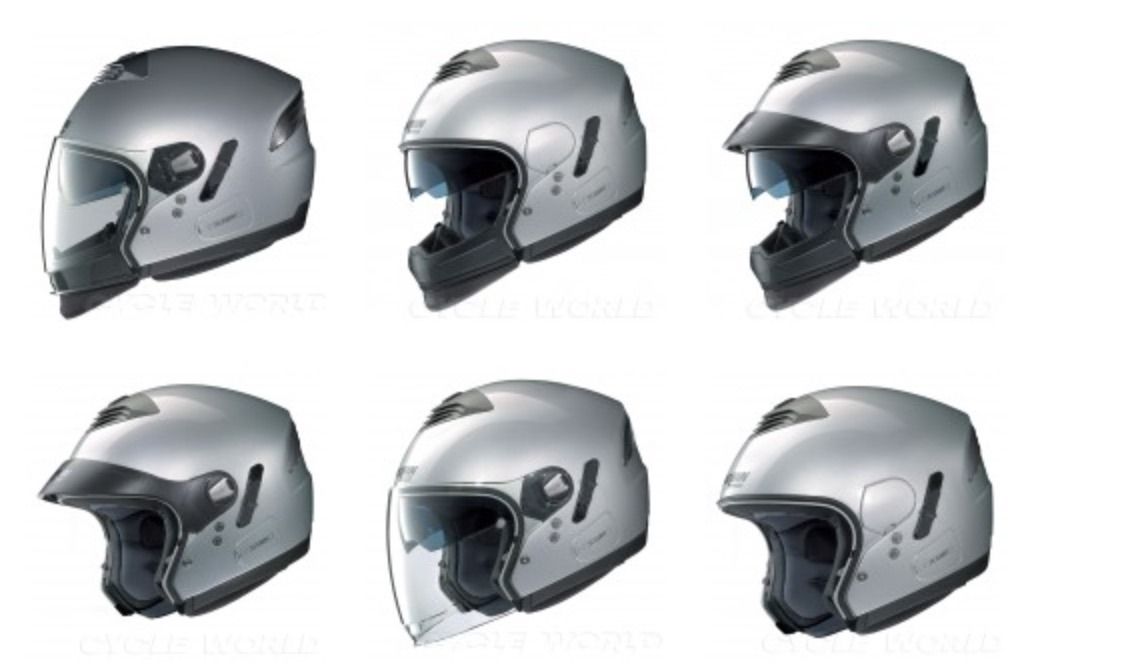[h=1]The Icon Airframe Statistic: Headgear For The Safety Conscious[/h]
Posted August 26, 2014. Filed under Articles.
If you’ve ever wondered where you would most be likely to sustain a head injury from a motorcycle accident (aside from the obvious ‘your head’ answer) then let this helmet answer all of your questions. Earlier this year, Icon unveiled their
Airframe Statistichelmet, which illustrates where the damage is likely to occur for a head injury in an interesting and mildly unsettling way.
It’s sleek, black design is nicely divided up into equal portions that show where the majority of trauma is sustained with handy percentages supported by evidence from the aptly named US study from 1999 called the Hurt Report. You might be thinking that the Hurt Report is only based on US statistics, a country with notorious flexibility when it comes to helmet law but the results have been corroborated with a similar EU study known as the MAIDS Report from 2000, with a more updated report from 2005.
Helmet laws within the UK are tightly regulated and wearing anything deemed to be below par can land you with a slap on the wrist from the local law enforcement but that doesn’t mean that all the helmets on the market can offer you 100% protection, as you can clearly see here.
If you’re new to motorcycling and you’re not sure about helmets, you should ensure that your lid is approved and stamped with a BSI Kite Mark or the European ECE22.05 sticker (and find out more
here); the problem is, as you can see here, is that these stamps and stickers appear on half-face helmets, which aren’t going to offer you any protection at all in the event of a crash…if you land face first.
[h=3]What It Means[/h]
So what does this helmet mean for you? With a bit of luck, it shouldn’t affect you at all but it is interesting to see how the damage is distributed and where the trouble spots lie. If you’ve ever considered wearing an open-face helmet, it may be time to think again.
According to the Hurt Report, the area around the chin is the most likely place to sustain an injury; both segments from the front-left and front-right are clearly marked with a nice 19.4% and 15.2% to illustrate this point, the highest percentages from the entire helmet study.
Despite the evidence, there are many motorcycling advocates that are lobbying for a change to the helmet laws and challenging the
All The Gear, All The Time mentality but surely wearing a helmet, open faced or closed is better than none at all?
One popular argument supporting open face helmets comes from a few medical authorities who argue that it’s much easier to administer CPR and other life-saving treatments in an emergency situation. The downside to that, of course, is that if an accident is severe enough to require resuscitation, then wearing a full face helmet probably protected the necessary facial regions that receive the treatment in the first place. Simply put, it’s hard to stick an oxygen mask on someone with half of their face missing.
The simple, yet often neglected compromise is to invest in a flip-up helmet, the kind that motorcycle police officers and paramedics wear; it’s the best of both worlds.
[h=3]What is the HURT Report?[/h]Despite being an outdated report, the HURT report is still regarded as the ‘most comprehensive motorcycle safety study of the 20th century’ and as such was once regarded as the foremost authority on the causes of motorcycling related accidents and the injuries caused to riders involved. The major causes of accidents were often found to be other motorist’s fault, primarily car drivers failing to see an approaching motorcycle and violating the rider’s right of way.
With results like that, even if you’re the best rider in the world, being involved in an accident may well be out of your hands and wearing the best gear available is the best and only way to protect yourself. Further studies from other researchers affiliated with the HURT Report have revealed even more evidence that should convince you to wear a full-face helmet all the time, such as this interesting quote from Dexter Ford (the US journalist and motorcycling authority who lost his job after writing an interesting expose on helmets): ‘If you’re hit very violently on the jaw, as in a head-on impact, the force can be transmitted to the base of the skull, which can fracture and sever your spine.’ He then goes on to write about the knock-on effects, including how facial impact (unsurprisingly) is a major cause of the majority of motorcycle related deaths due to the fact that your brain collides with your skull and the smaller, sharper bones on the inside of your head that can lead to severe brain damage.
[h=3]The Helmet ‘Hurt’ Areas:[/h]Leaving the obvious behind, let’s look at this helmet and the areas that it covers and the percentages in full:
Isn’t it interesting to see that the least common point of impact is the very top of the helmet? 0.4% on both sides of the cap is a very low statistic, especially when compared with the huge 19.4% and 15.2% of the jaw and that’s not even including the visor areas of 5.5% and 4.4%.
If you combine those numbers, you’re left with a whopping 44.5%; almost half of the motorcycling accidents studied in the report suffered trauma to these areas, so maybe it’s time to hang up the half-face for good and always play it safe with the full-face?
[h=3]The Bottom Line[/h]While it’s a great illustrative tool, the helmet isn’t likely to change the mind of die hard ‘open face’ wearers and let’s be honest, you’re unlikely to be travelling at ultra-sonic speeds with an open face on, are you? Unless you’ve developed a taste for bugs and a masochistic love for the sting that accompanies them, that is…
And here at McAMS, we’re yet to see a novelty helmet that can top this one; we prefer helmets that can educate as well as save lives, as opposed to those ones that make your head look like a breast or buttock. Because those just aren’t cool, useful or funny. You’ve got the freedom to choose what style and shape of helmet you wear but please make your decision wisely.
If you’re interested in the Icon Airframe Statistic and want to know more about it, check out their website here.








